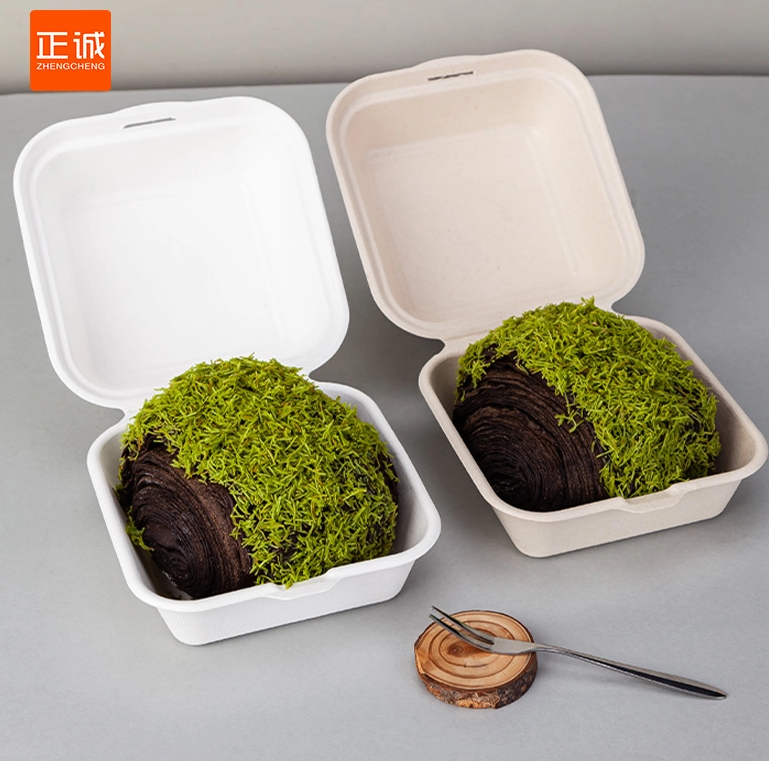In the world of product photography, lighting is not just an accessory; it is the very foundation upon which captivating images are built. Whether you are an e-commerce entrepreneur, a hobbyist, or a professional photographer, understanding the nuances of lighting can significantly enhance the quality of your images. This article delves into the best lighting techniques for product photography at home, ensuring your products shine in the best possible light.
Understanding the Importance of Lighting
Before diving into specific lighting setups, it’s crucial to grasp why lighting is paramount in product photography. Proper lighting not only highlights the product's features but also sets the mood and tone of the image. It can create depth, emphasize textures, and influence color perception, all of which are vital for attracting potential buyers.
Types of Lighting for Product Photography
- Natural Light:
- Pros: Natural light is often soft and diffused, making it ideal for capturing the true colors and details of a product. It is also cost-effective and readily available.
- Cons: The quality of natural light can vary throughout the day and is heavily influenced by weather conditions. To maximize its potential, shoot during the golden hour—shortly after sunrise or before sunset—when the light is warm and flattering.
- Continuous Lighting:
- Types: Continuous lights include LED panels, fluorescent lights, and tungsten bulbs. These lights provide a constant source of illumination, allowing photographers to see how shadows and highlights will appear in real-time.
- Pros: Continuous lighting is versatile and can be adjusted easily. It is particularly useful for beginners who are still learning about lighting dynamics.
- Cons: Some continuous lights can produce heat, which may affect the product or create discomfort during long shoots.
- Strobe Lighting:
- Pros: Strobe lights offer powerful bursts of light that can freeze motion and create sharp images. They are adjustable in intensity, allowing for creative control over the exposure.
- Cons: Strobe lighting requires additional equipment, such as light modifiers and triggers, which can be a barrier for those just starting out.
Essential Lighting Techniques
- Diffusion:
- Using diffusers—such as softboxes, umbrellas, or even white bedsheets—can soften harsh light, reducing shadows and creating a more even illumination. This technique is particularly effective for products with reflective surfaces.
- Backlighting:
- Backlighting can create a dramatic effect, especially for translucent products. Positioning the light source behind the product can enhance its shape and add a halo effect, making it stand out against the background.
- Reflectors:
- Reflectors can bounce light back onto the product, filling in shadows and adding dimension. They can be as simple as a piece of white cardboard or a professional-grade reflector.
- Light Positioning:
- Experimenting with the angle and distance of your light source can yield different results. A 45-degree angle is a classic approach, but moving the light closer or further away can dramatically change the mood of the photograph.
Setting Up Your Home Studio
Creating a dedicated space for product photography can streamline your process and improve your results. Here are some tips for setting up an effective home studio:
- Choose the Right Location: Select a space with ample natural light or room for artificial lighting setups. A clutter-free area will help keep the focus on your products.
- Background Selection: A clean, neutral background allows your product to take center stage. Consider using seamless paper, fabric, or even a painted wall.
- Stabilization: Use a tripod to ensure stability and consistency in your shots. This is especially important for long exposure times or when using strobe lighting.
Conclusion
Mastering the art of lighting in product photography at home is a journey that requires experimentation and practice. By understanding the different types of lighting, employing essential techniques, and setting up a conducive environment, you can elevate your product images to a professional level. Remember, the goal is to create images that not only showcase your products but also tell a story that resonates with your audience. With the right lighting, your products will not just be seen; they will be desired.

More Stories
Achieve Healthier, Stronger Hair: The Power of Keratin Purifying Shampoo
Why a Foldable Trolley Cart on Wheels Has Become an Essential Mobility Solution for Daily Utility
How an Integrated Supply Chain Lowers Costs for High-Quality Indoor Volleyball Training Nets